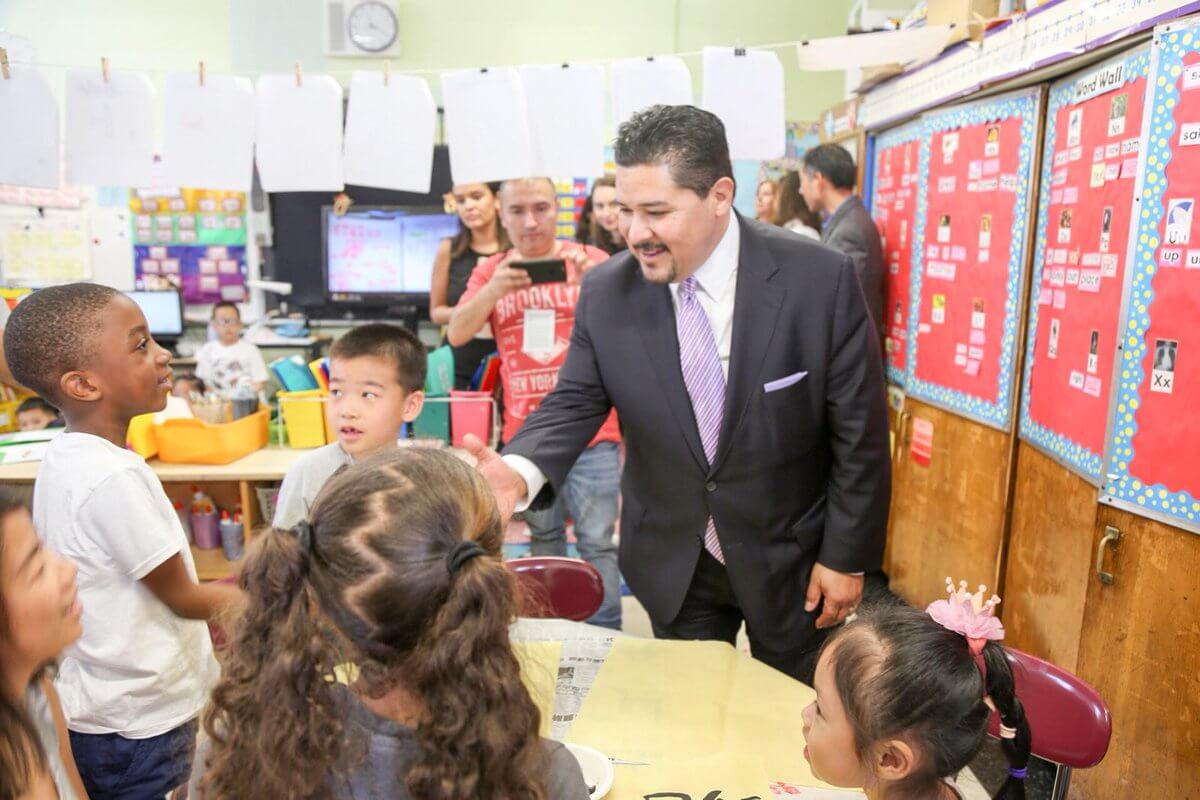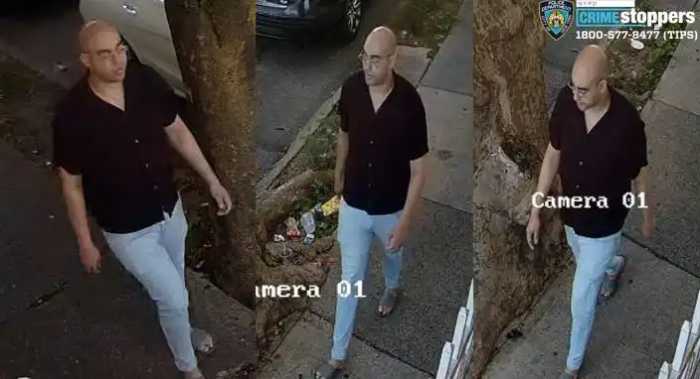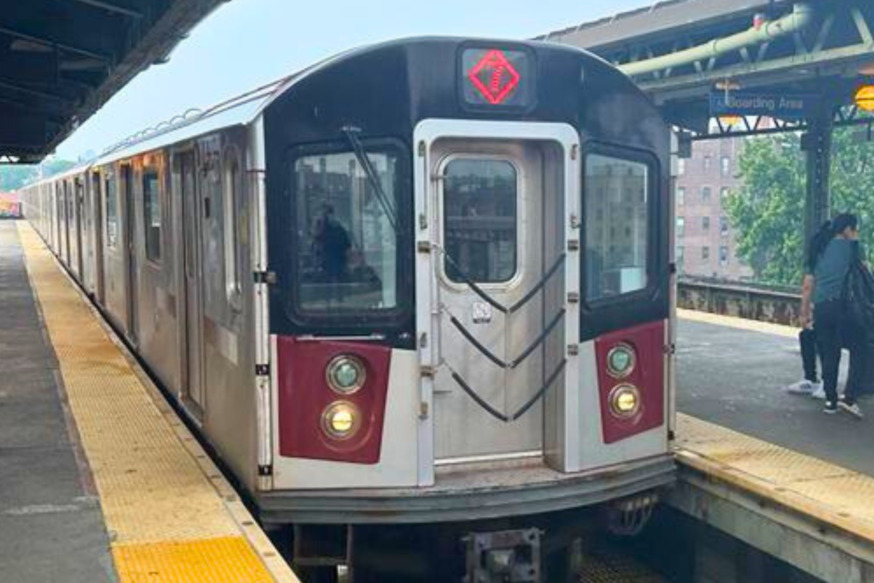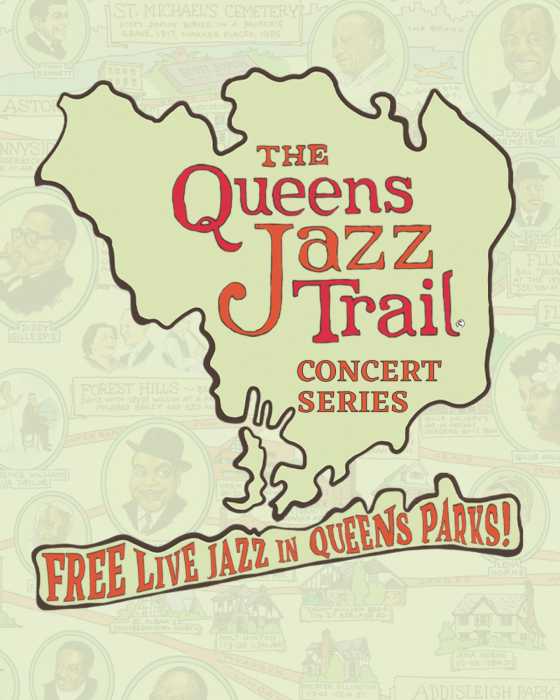Fourteen public schools across Queens have been chosen to receive expanded bilingual education programs that will help bridge the education gap for English language learners, Schools Chancellor Richard Carranza announced on Thursday.
All but one of the schools will receive dual language programs for the first time; in these classes, students who are English language learners receive instruction through both English and their native tongue. Approximately half of dual language class students are English language learners, and the rest are English proficient.
Elmhurst’s P.S. 7 and P.S. 13 will both have Chinese dual language programs; P.S. 7 will also have a dual language program in Bengali.
Ridgewood’s I.S. 77 and P.S. 305, Flushing’s P.S. 22, Corona’s P.S. 92 and P.S. 330, Jamaica’s P.S./I.S. 268 and East Elmhurst’s P.S. 148 will each have Spanish dual language programs.
P.S. 71 in Ridgewood will have a dual language program in Polish to accommodate the large number of Polish-speaking students in the neighborhood, and I.S. 25 in Flushing will launch a Korean dual language program for its burgeoning Korean-speaking population.
In addition, William Cullen Bryant High School in Long Island City will have a Transition Bilingual Education (TBE) program in Spanish. Students in TBE classes receive common home language instruction with intensive English language support, receiving more instruction in English over time until they reach full proficiency.
“Everyone in our city, including immigrant families and undocumented students, deserves a high-quality education, and language should never be a barrier to equal access,” Carranza said. “When I started kindergarten, I only spoke Spanish, and my parents trusted public schools to teach me English. I want to make sure every English language learner in New York City has the same experience I did growing up.”
Both the dual language and Transition Bilingual Education programs aim at helping students acquire a new language while simultaneously strengthening their native language skills and their mastery of other subject areas.
“We see a huge need for more bilingual programs to serve the city’s diverse immigrant and English language learner students, including those with disabilities,” said Kim Sweet, executive director of Advocates for Children of New York. “It is good to see the city take steps to expand options for English language learners who continue to lag far behind their peers in academic achievement and graduation rates.”




































